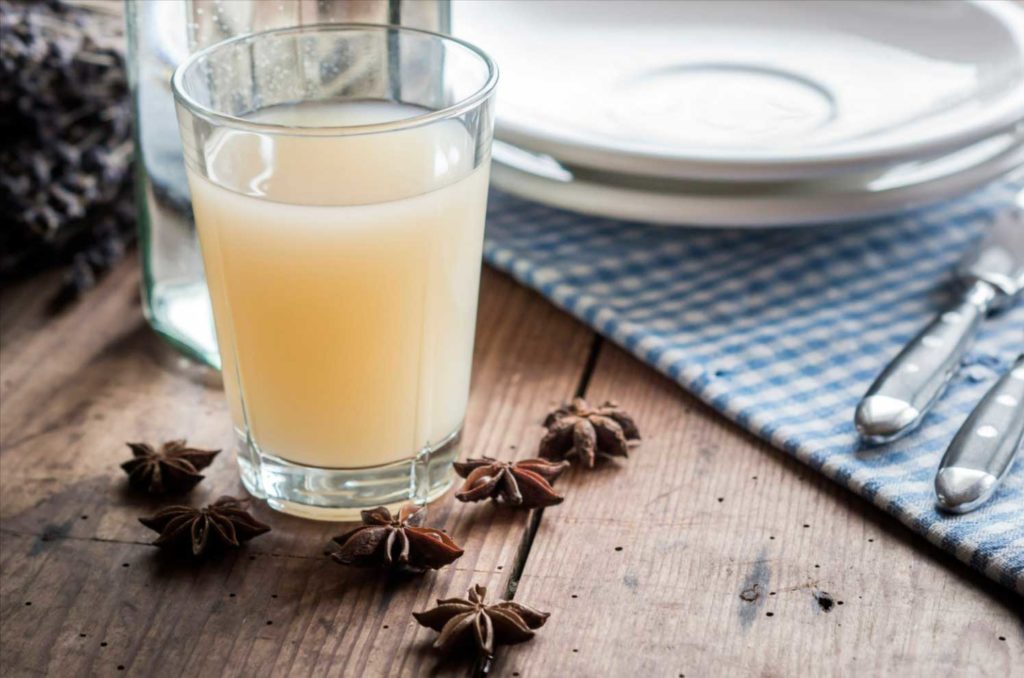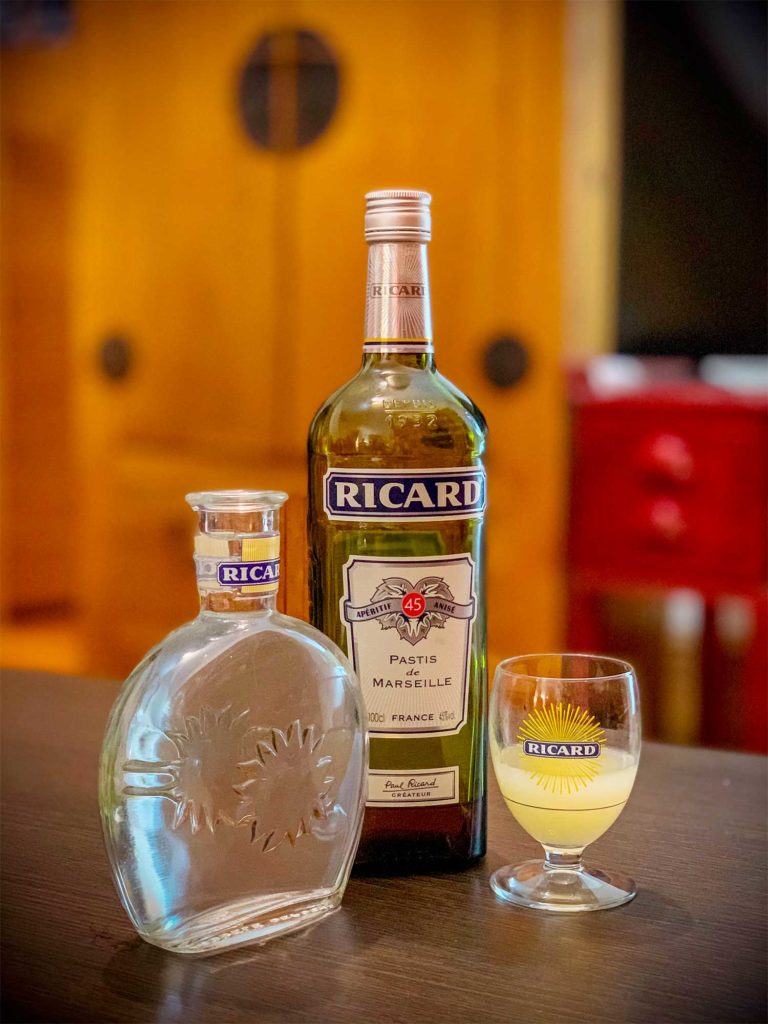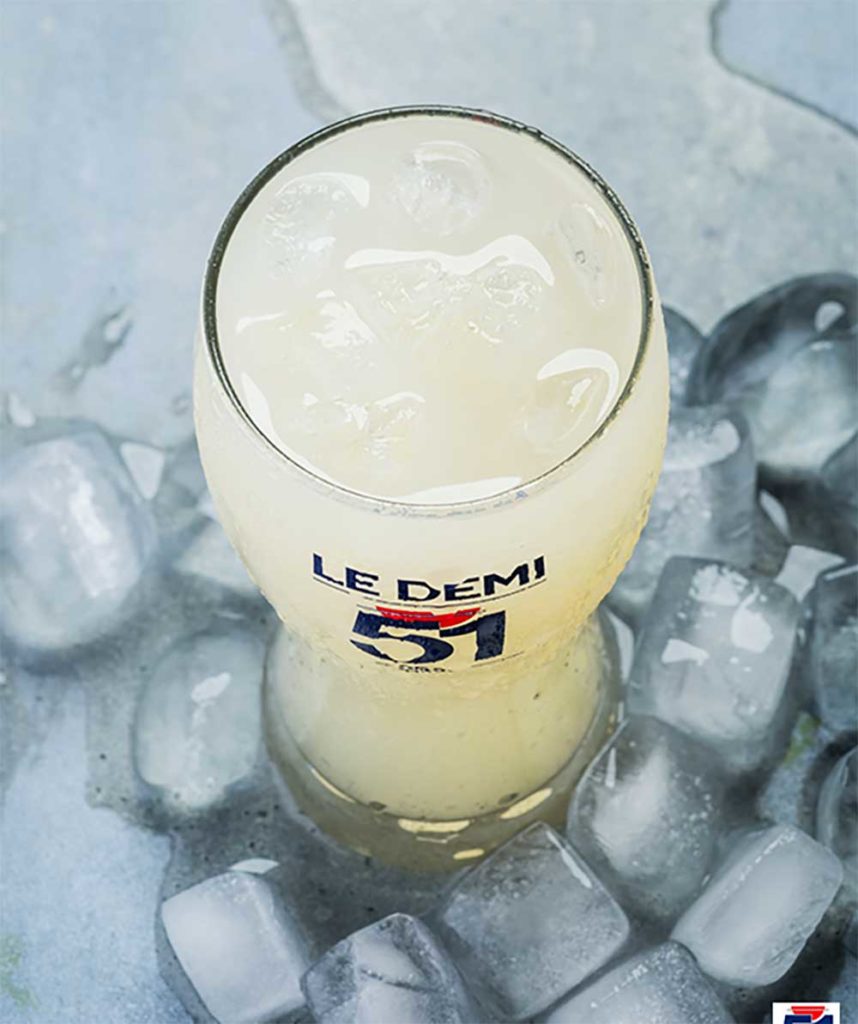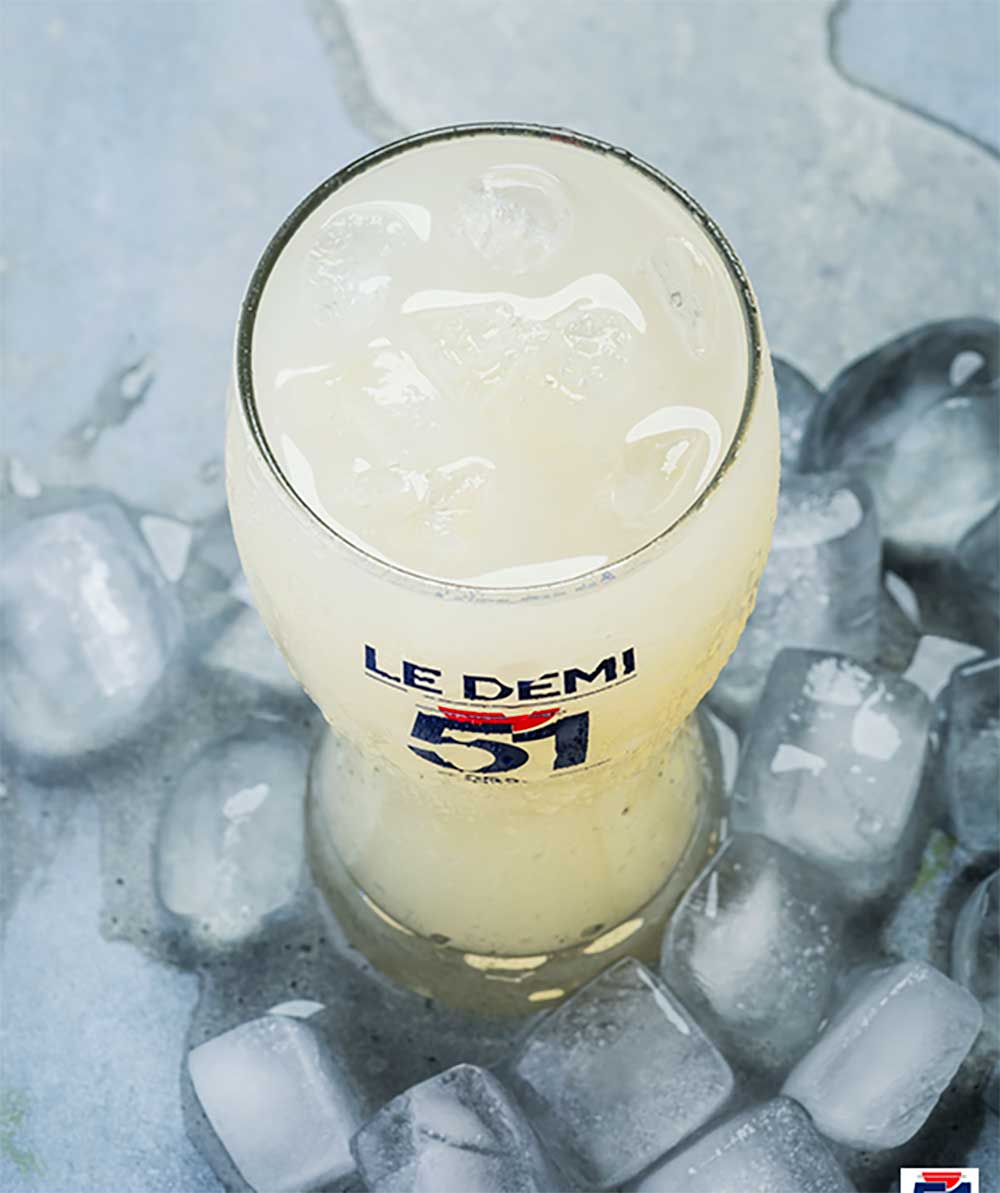Explore the cultural, historical, and technical specifics of drinking Pastis in the South of France. Learn how it’s made, served, and consumed locally.
Pastis, particularly Pastis de Marseille, is more than just an anise-flavoured spirit; it is deeply embedded in the cultural practices of southern France, particularly in Provence. Often consumed as an apéritif, pastis holds a firm place in daily social rituals, usually served diluted with cold water in a specific ratio that locals rarely deviate from. Its origins are linked to the 1930s, following the ban of absinthe in France, with commercialisation led by brands such as Ricard and Pernod. The composition includes star anise, liquorice, and a complex blend of herbs and spices.
This article outlines the production process, consumption habits, the specificities of local serving traditions, and the drink’s role in Provençal identity. It also explains why pastis is most often consumed in the afternoon or early evening, typically in outdoor cafés. The technical process behind its clouding when water is added is examined, as well as typical pricing, key producers, and the global reach of the drink. The analysis avoids clichés and focuses on technical, historical, and social aspects, giving the reader a clear understanding of what it means to drink pastis in southern France, from manufacturing to glass.
Origins and regulation of pastis
Pastis emerged in France in 1932, a few years after the country banned absinthe in 1915 due to its alleged hallucinogenic effects. With absinthe removed from the market, producers developed a legal substitute that retained aniseed flavours but avoided wormwood. Paul Ricard, a Marseille entrepreneur, capitalised on this demand by introducing Pastis de Marseille, a formula based on star anise, liquorice root, and various aromatic herbs. The French government allowed its commercialisation under strict regulations, including limits on alcohol content (between 40% and 45% ABV) and rules against using wormwood.
The term “Pastis de Marseille” is not protected by a geographical indication, but the style typically refers to pastis produced according to Provençal tradition. French law requires that it contains natural aniseed extract and liquorice, with additional maceration or distillation of herbs allowed. Sweeteners are often added, but the sugar content must not exceed 100 grams per litre.
The name “pastis” comes from the Provençal word pastisson, meaning mash-up or mixture, referring to its complex aromatic base. Several brands besides Ricard have contributed to the category, such as Pernod, Duval, and Casanis. All must comply with EEC Council Regulation 110/2008, which sets rules for anise-flavoured spirits in the EU.
The production remains highly industrialised, although artisanal varieties exist. The base alcohol is neutral, typically from beetroot or grain, and infused or distilled with botanicals. The recipe for each brand is usually a trade secret.

Composition, taste and serving method
Pastis de Marseille is characterised by a flavour profile dominated by star anise and liquorice, with secondary notes of fennel, cardamom, cinnamon, and various Provençal herbs. These are either macerated or distilled into a base of neutral alcohol. Each producer has a unique recipe, with Ricard reportedly using over 50 herbs and spices in its formula.
The most recognisable feature of pastis is the ouzo effect, a chemical reaction where the liquid turns milky white when water is added. This occurs because anethole, the essential oil from anise, is soluble in ethanol but not in water. Once diluted, it forms an emulsion, changing the clarity of the drink. This reaction is not only technical but also part of the ritual: watching the transformation is an expected part of serving.
Pastis is never consumed neat. The standard dilution is 1 part pastis to 5 parts water, though this varies by region and individual preference. Ice is typically added after dilution, as adding it before can crystallise some of the essential oils, slightly altering the taste. It is served in a tall glass with a carafe of cold water and ice cubes separately.
The drink is rarely accompanied by complex food. Instead, locals may enjoy small olives, tapenade, or anchovies on toast. In Marseille and Aix-en-Provence, the afternoon pastis break is more of a social habit than a gastronomic event. The drink’s moderate sweetness and powerful aroma make it a slow sipper, often enjoyed over the course of 20–30 minutes.
Social habits and regional consumption
In the South of France, especially in Provence and along the Mediterranean coast, drinking pastis is a daily social event, particularly during warmer months. The ritual is embedded in the lifestyle of locals, often associated with petanque games, market visits, or late afternoon relaxation in outdoor cafés.
Consumption peaks between 4 p.m. and 7 p.m., when the sun begins to lower and temperatures cool slightly. The apéritif tradition in France has deep roots, but in Provence, it is strongly centred on pastis. This drink is not seen as a luxury product or even necessarily a gourmet choice; it is simply part of life, shared among friends and neighbours.
Estimates from FranceAgriMer show that over 130 million litres of aniseed-flavoured spirits were consumed in France in 2023, with pastis accounting for nearly 90% of that total. The majority of this is consumed in the southern half of the country. In Marseille alone, per capita consumption is estimated at 1.6 litres per year, nearly double the national average.
While pastis consumption has declined slightly over the past decade due to changing drinking habits and increased health awareness, it remains a staple apéritif in the south. Many families have their own pastis glasses, with calibrated volume lines indicating the amount of spirit to pour.
The drink is rarely mixed into cocktails in France, although some bartenders in Paris and abroad experiment with it. In its traditional setting, however, pastis is consumed in its original form, always diluted, and usually with minimal ceremony, despite its cultural weight.


Economics and tourism around pastis
The pastis industry in France generates over €400 million annually, largely driven by domestic consumption but also supported by exports. The largest player, Ricard, which merged with Pernod in 1975 to form Pernod Ricard, controls an estimated 70% of the French market. Other producers, such as Duval, Casanis, and Henri Bardouin, serve niche or regional preferences.
Production is concentrated in southeastern France, with major facilities in Marseille, Avignon, and the surrounding area. These sites are part of the Pernod Ricard production network, and some offer limited tours and tastings, though on a far smaller scale than French wineries.
For tourists, drinking pastis is often a part of the Provençal experience. Many visitors first encounter it in local cafés, priced between €2.50 and €4.50 per glass, depending on the brand and establishment. Some specialty stores in the region offer artisanal pastis with distinct botanical profiles, priced from €18 to €35 per bottle. These include brands like Pastis Henri Bardouin, which uses over 60 botanicals and is considered a gourmet option.
Pastis is also part of the broader French apéritif culture, which includes vermouth, Lillet, and Pineau des Charentes. However, none have the same geographic link to a specific part of France as pastis does to the south.
While younger generations consume less pastis than their elders, efforts to modernise the image of the drink are underway, including new packaging, slight reformulations with lower alcohol content, and promotion in cocktail culture abroad, particularly in the United States and Japan.
XperienceFrance is your travel specialist in France.
